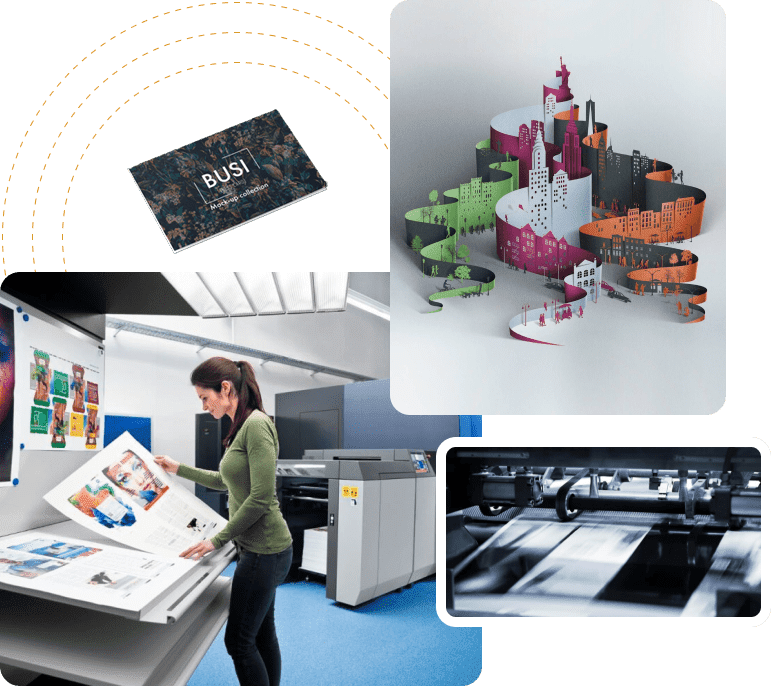Evolution of the Printing Press: A Detailed Timeline of Printing Technology Advancements
Introduction
Printing technology has revolutionized the way we share and consume information. This transformation has taken centuries of innovation, driving us forward from rudimentary hand-presses to today’s advanced digital printers. Let’s embark on a journey through the historical timeline of printing technology advancements, illuminating the milestones that have shaped our world.
The Advent of the Printing Press (1440)
The journey begins with Johannes Gutenberg, who revolutionized the world with the invention of the movable type printing press in the mid-15th century. This innovation empowered mass production of books and became a catalyst for the spread of knowledge during the Renaissance.
Lithography: Art Meets Technology (1796)
Fast forward to 1796, when Alois Senefelder introduced lithography, a printing method that allowed for the first time the printing of images and text simultaneously. This technology significantly influenced the world of art and publishing, giving rise to the era of illustrated books and newspapers.
Rotary Press: Accelerating the Printing Process (1843)
The next major innovation in the timeline of printing technology advancements came in 1843, with Richard Hoe’s invention of the rotary press. This machine used a revolving cylinder to print on continuous rolls of paper, significantly speeding up the printing process and allowing newspapers to reach larger audiences.
Offset Printing: A Leap in Quality (1875)
The late 19th century saw the introduction of offset printing by Robert Barclay. Initially designed for printing on metal, the technique was later adapted for paper and has since become a dominant method for high-volume commercial printing due to its cost-effectiveness and high-quality output.
Digital Printing: The Dawn of a New Era (1991)
The advent of digital printing technology in the early 1990s marked the beginning of a new era. Xerox’s DocuTech Production Publisher, released in 1991, was a landmark in this development. This technology allowed for on-demand printing, short-run printing, and variable data printing, forever changing the landscape of the printing industry.
3D Printing: Bringing Ideas to Life (1980s-Present)
The concept of 3D printing was first introduced in the 1980s, with Chuck Hull’s invention of stereolithography. However, it wasn’t until the early 21st century that this technology truly began to flourish, enabling the production of everything from intricate architectural models to custom prosthetics.
The Future of Printing Technology
While we can’t predict with certainty what the future holds for printing technology, advancements in fields like nanotechnology and bioprinting suggest that the next frontier may well be beyond our current imagination. These emerging technologies hold the potential to further revolutionize how we print and what we can print.
Conclusion
The timeline of printing technology advancements underscores the transformative role this industry has played in shaping society. From Gutenberg’s printing press to today’s 3D printing, each technological leap has unlocked new possibilities, democratized access to information, and fueled human innovation. As we look forward to the future, one thing is clear: the journey of printing technology is far from over. To learn How Did Printing Change the World, read our blog.


